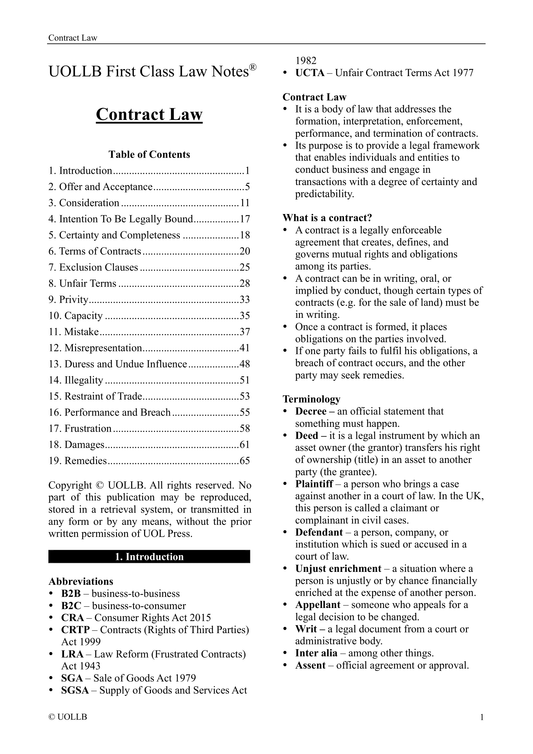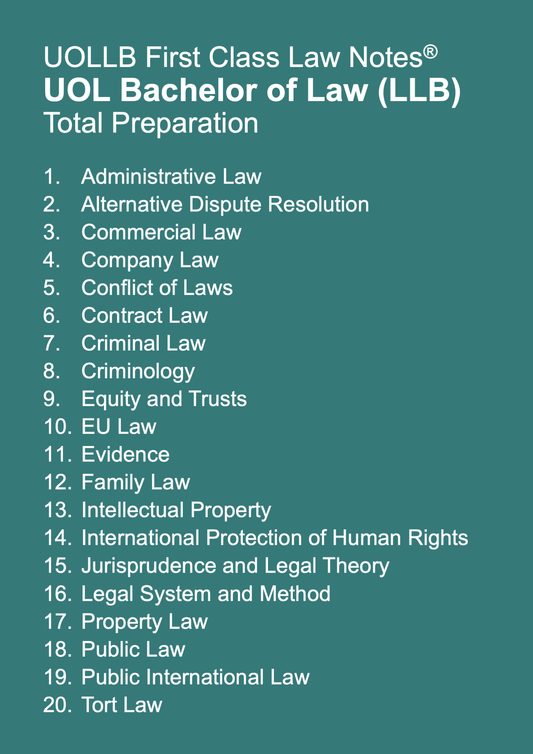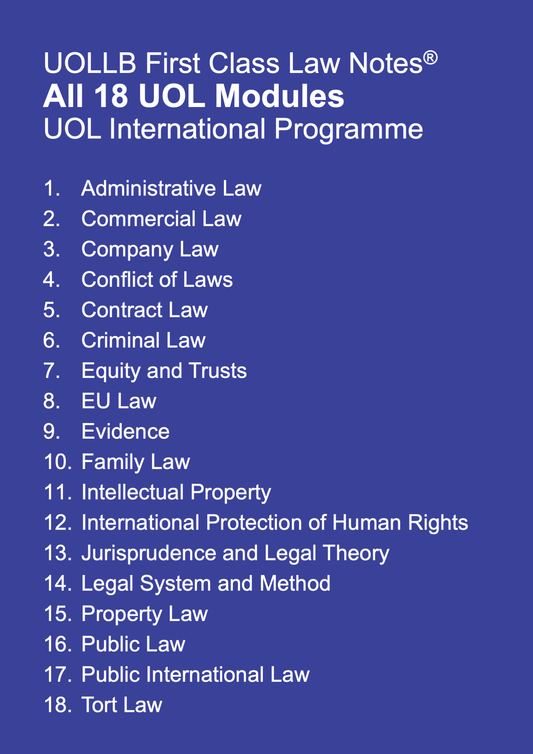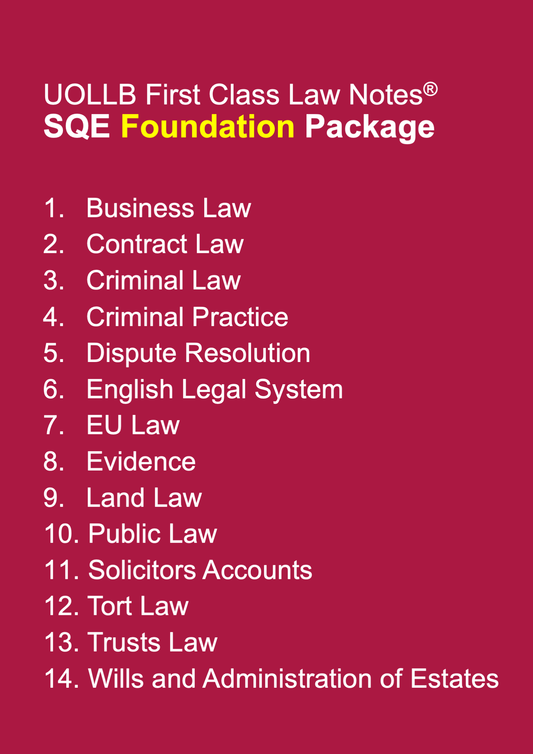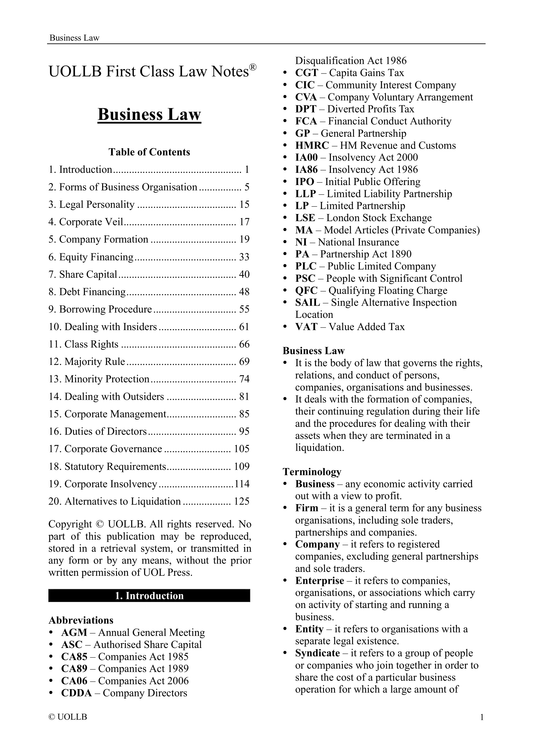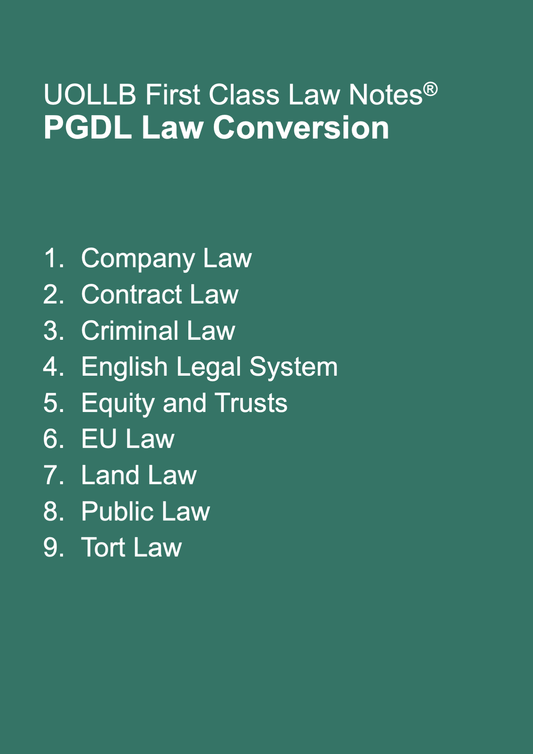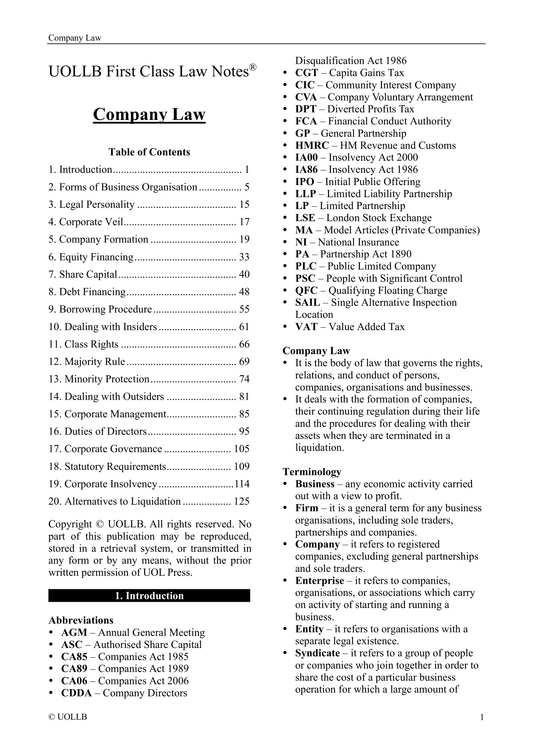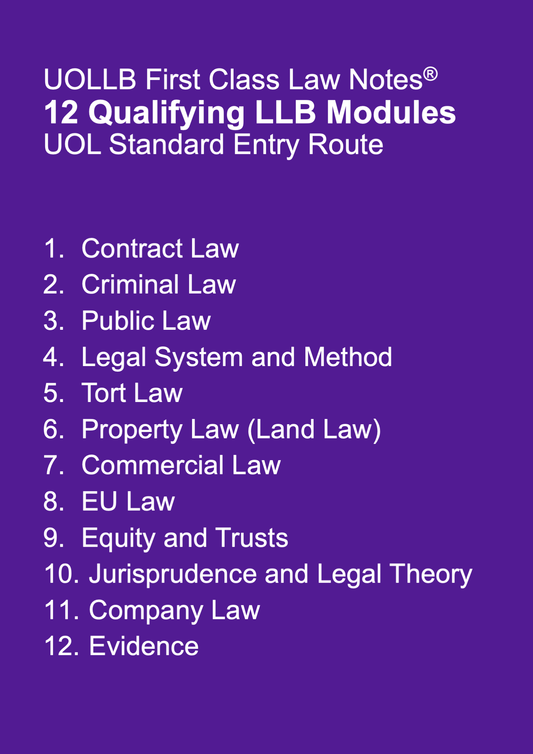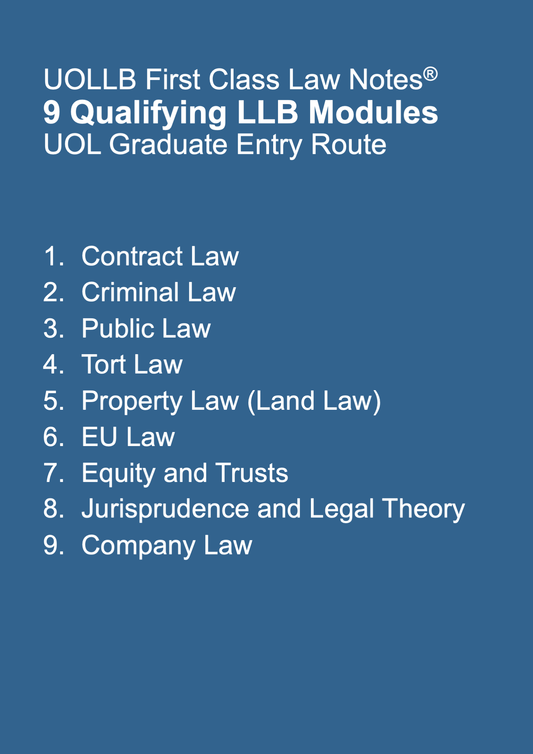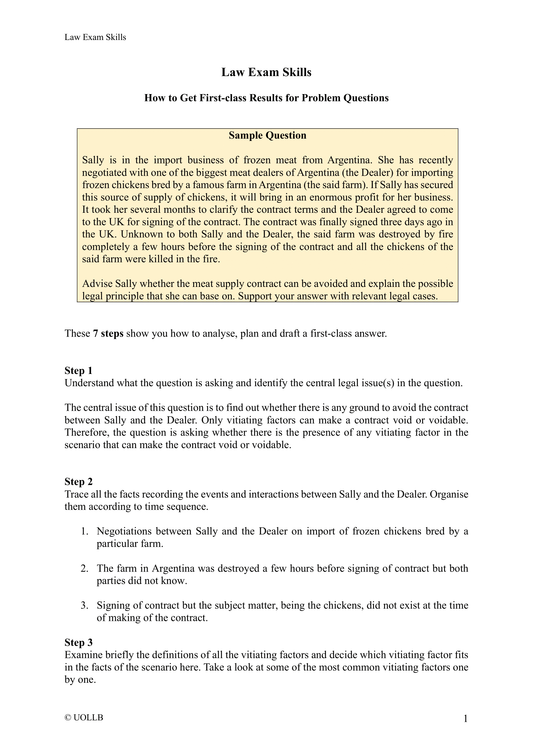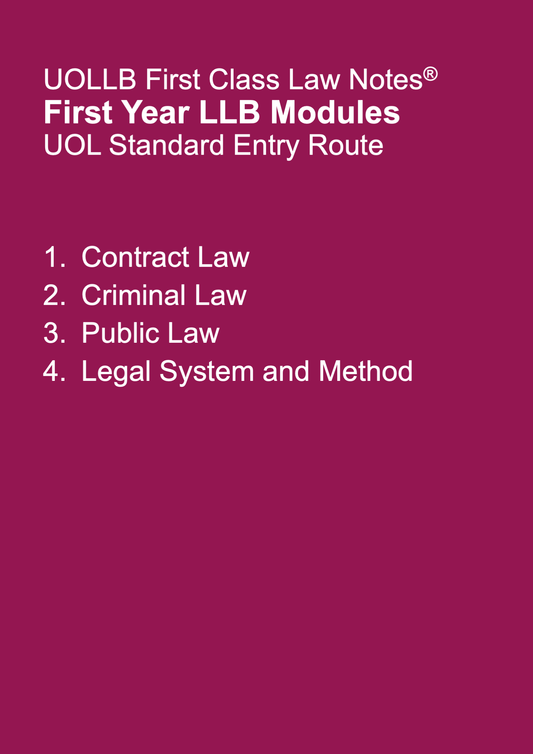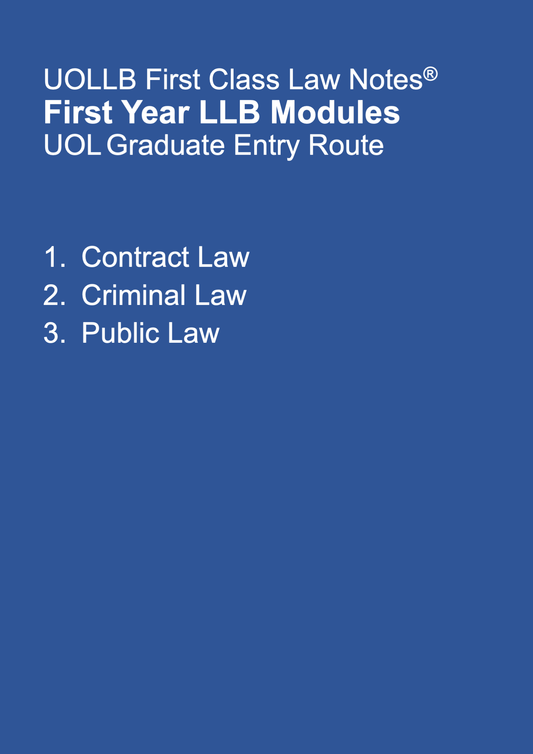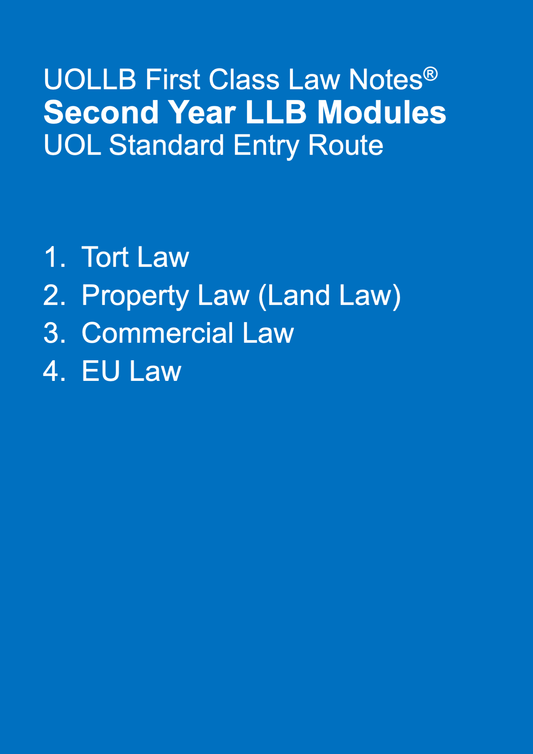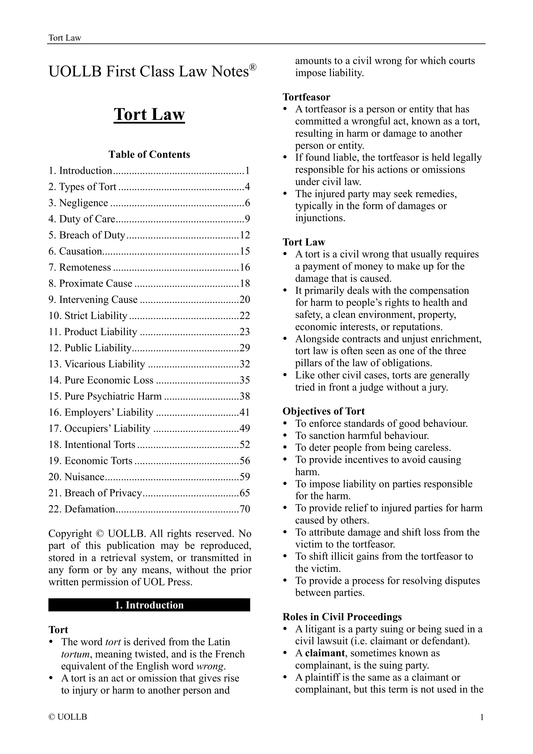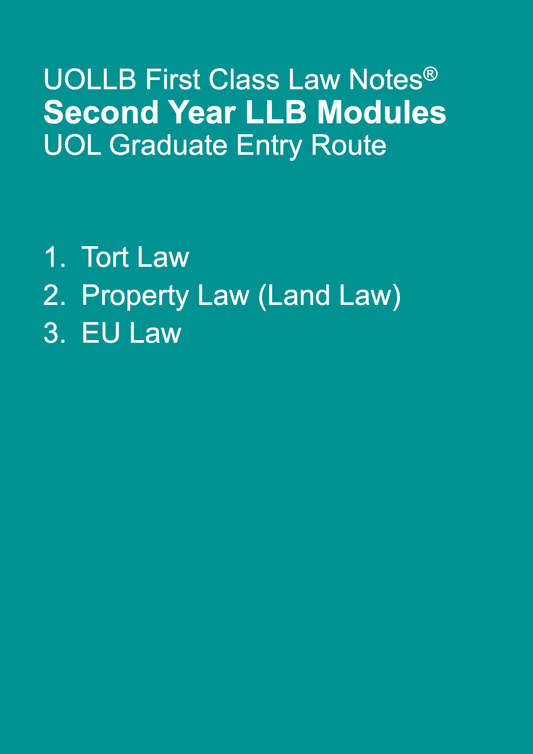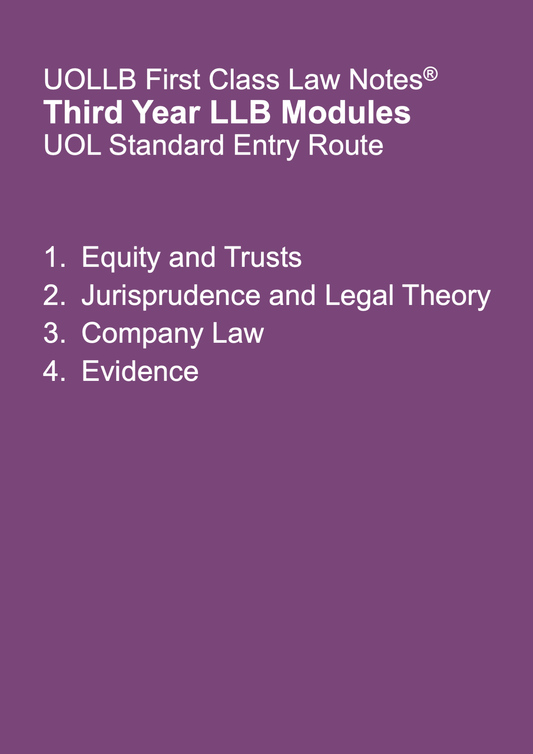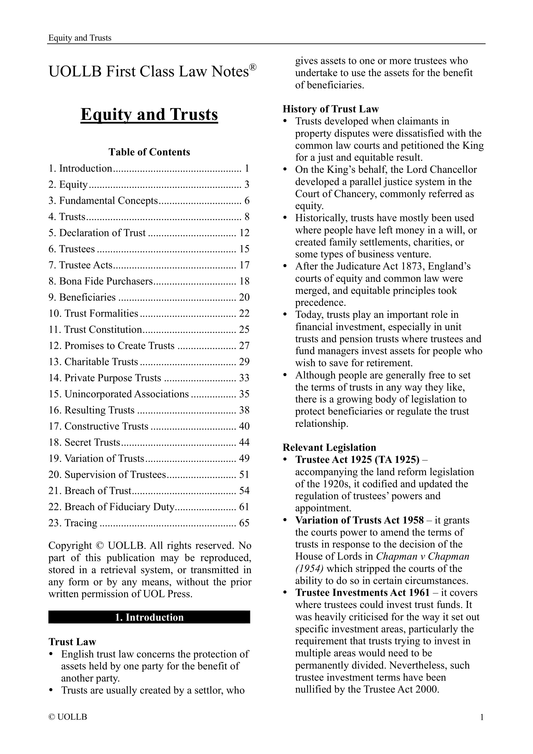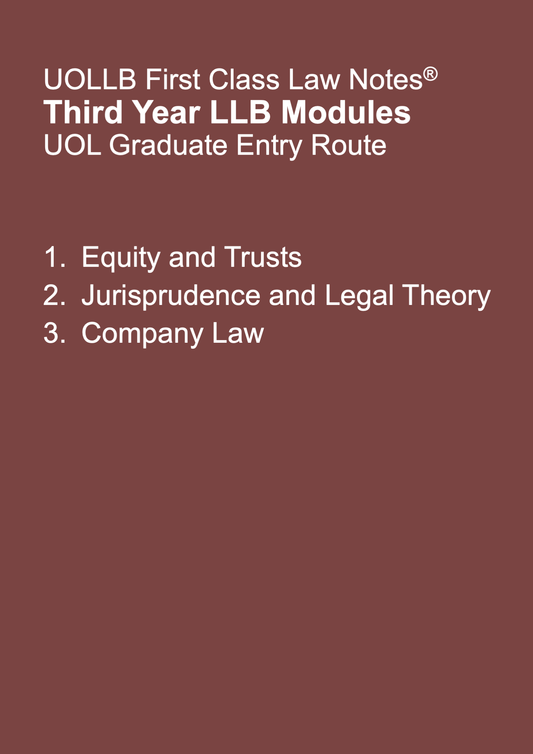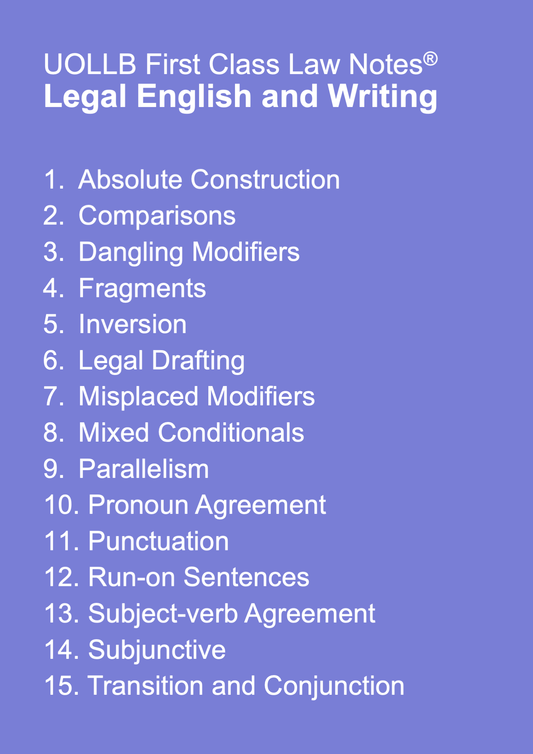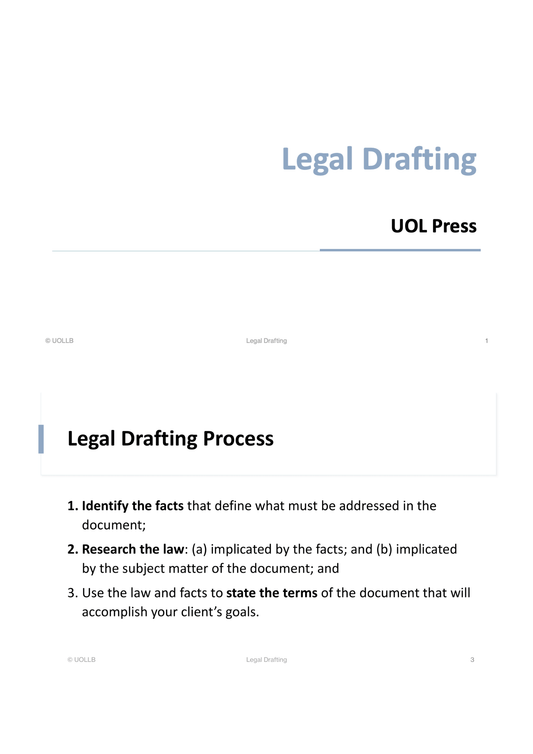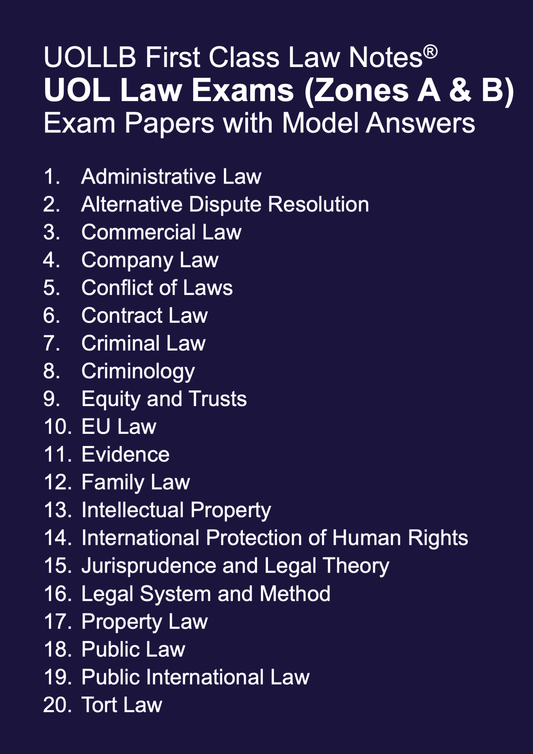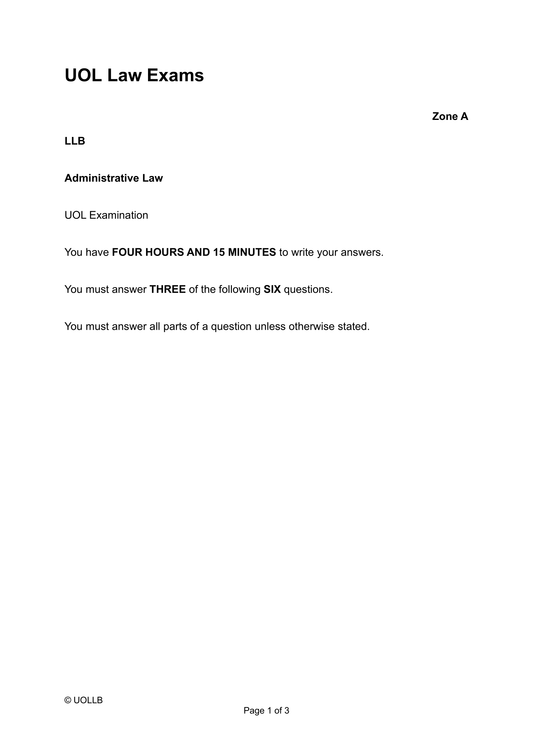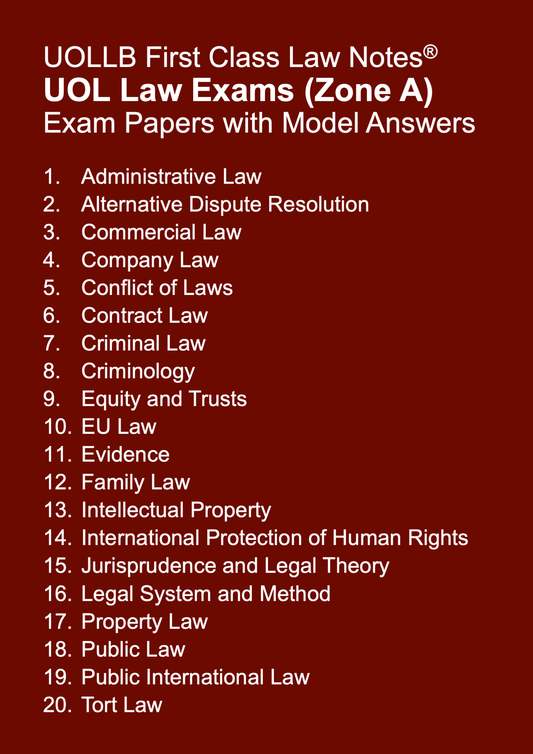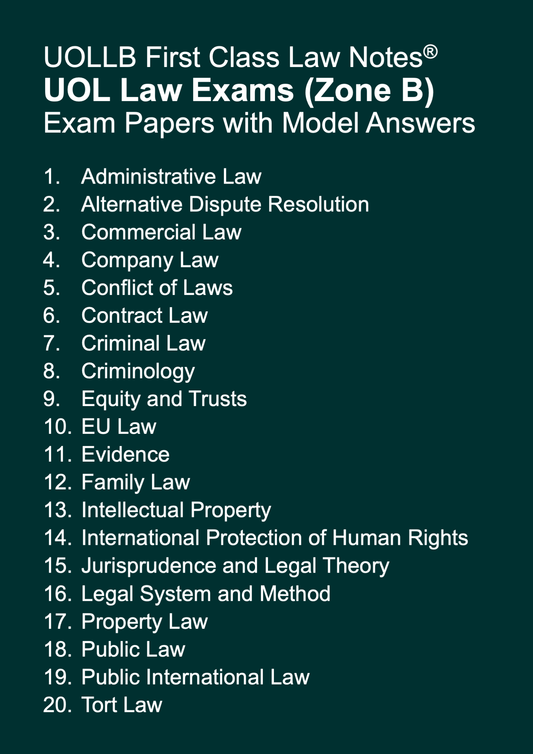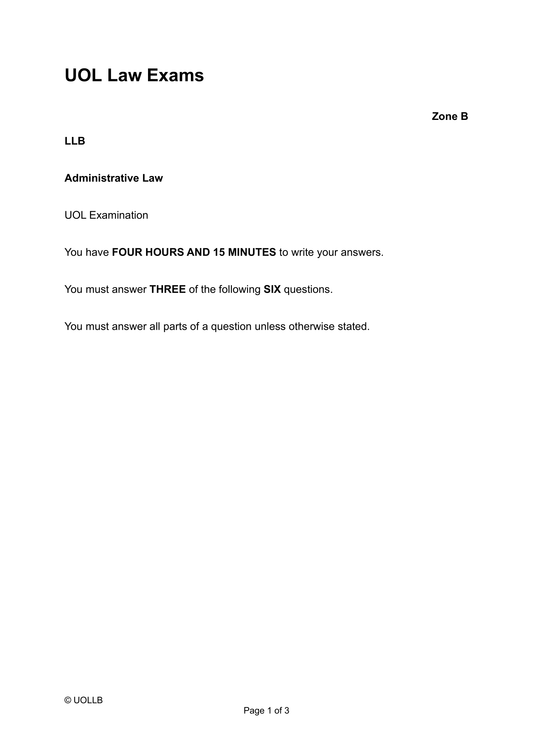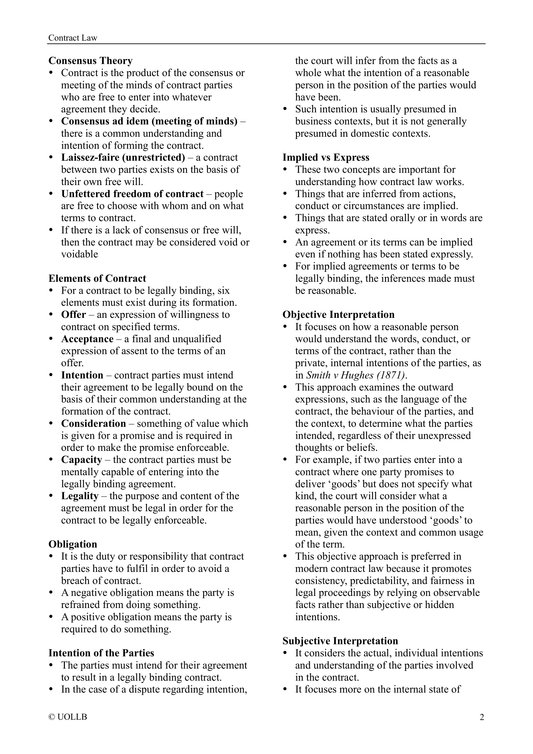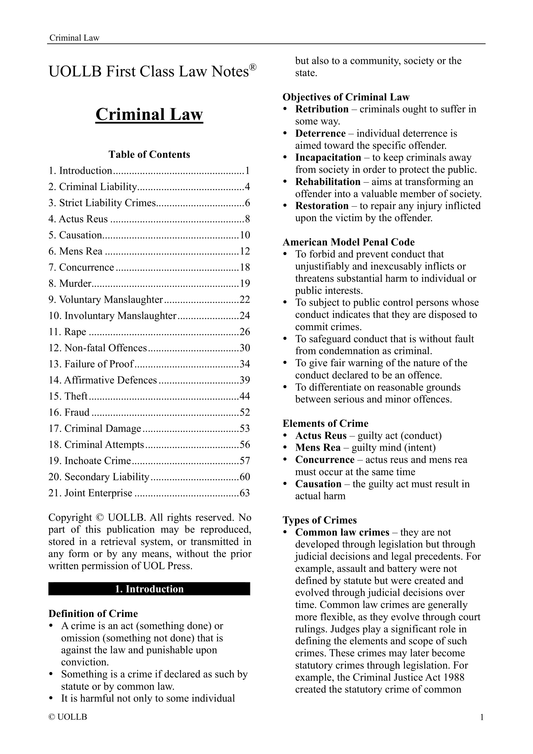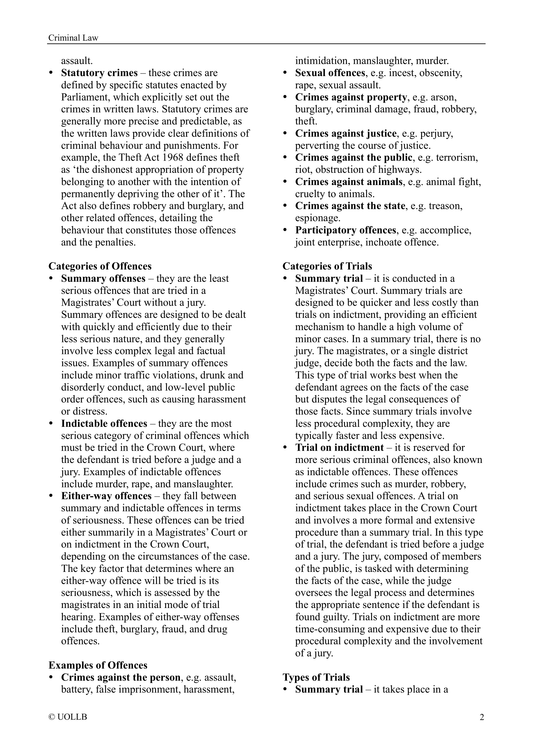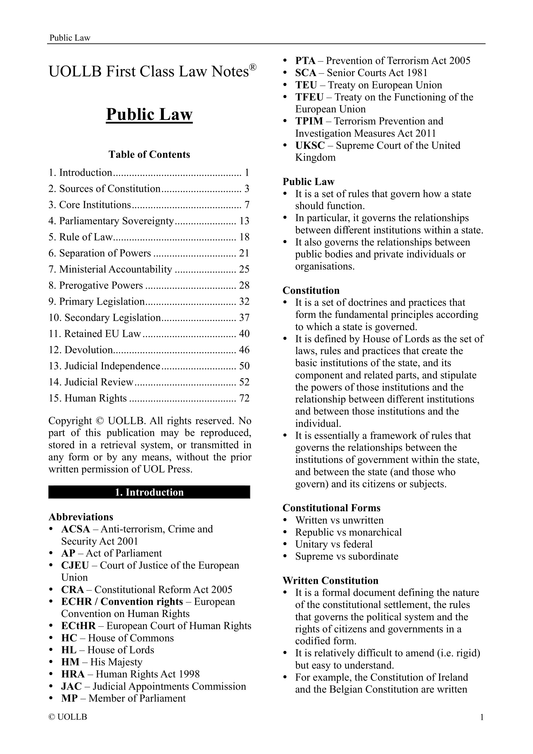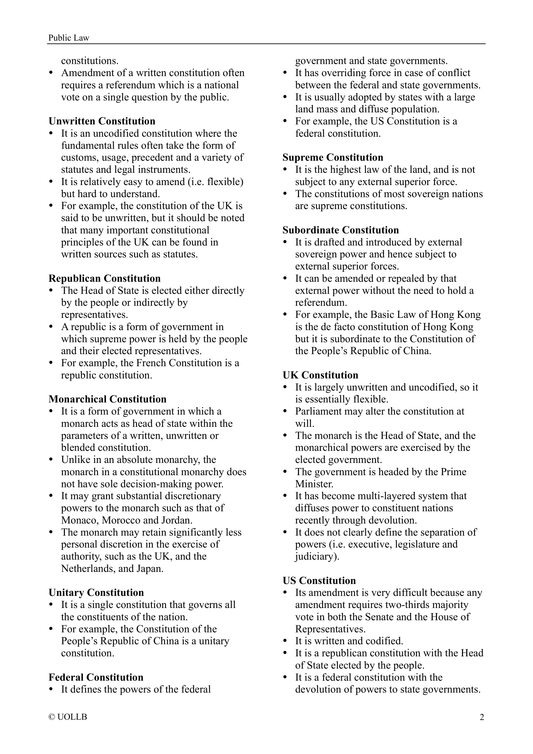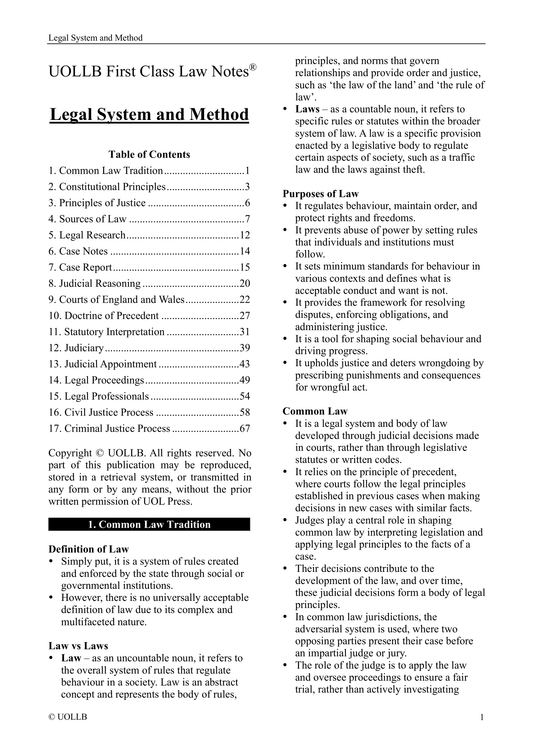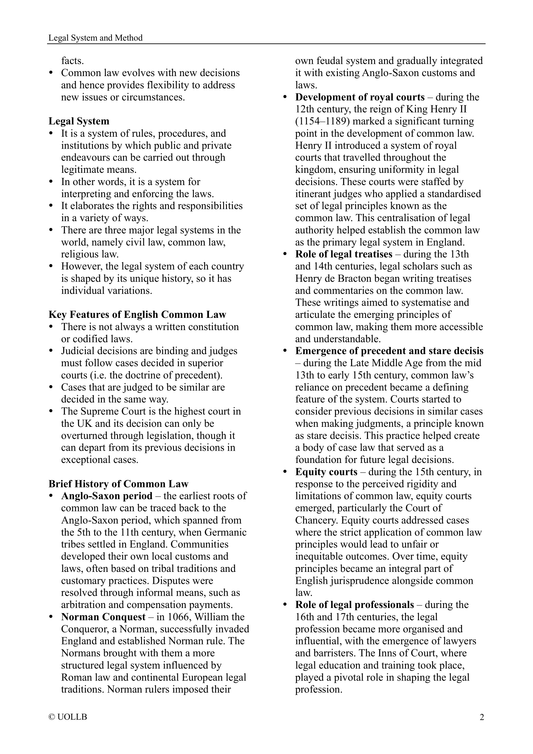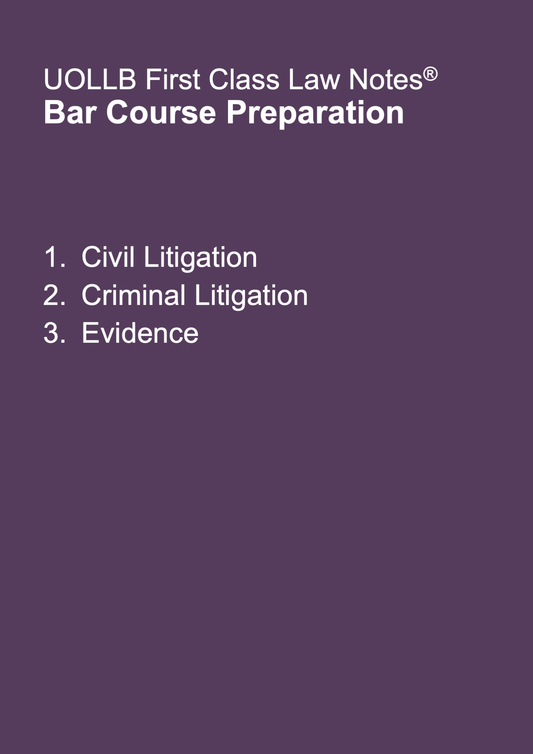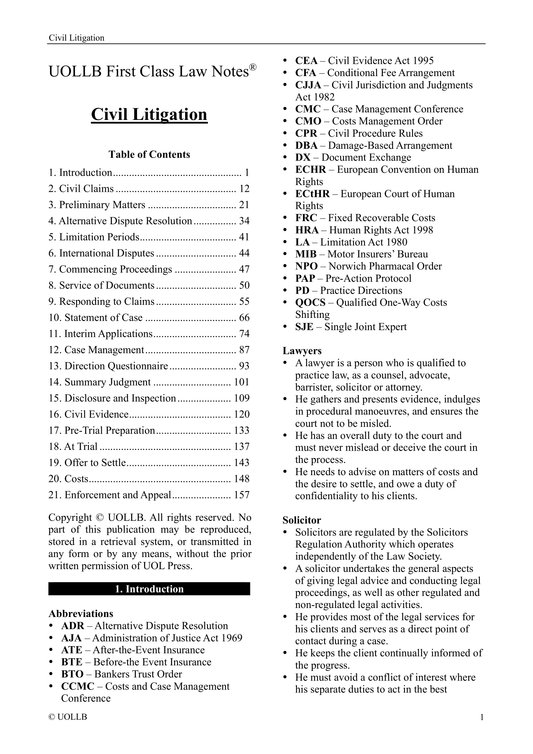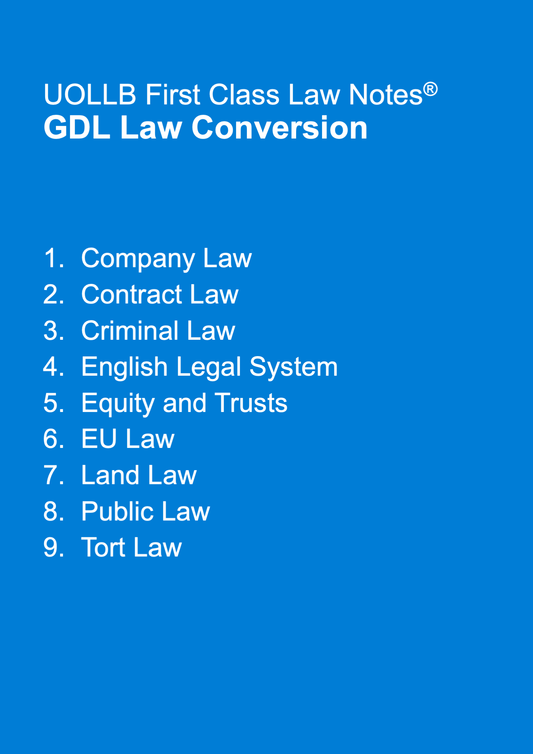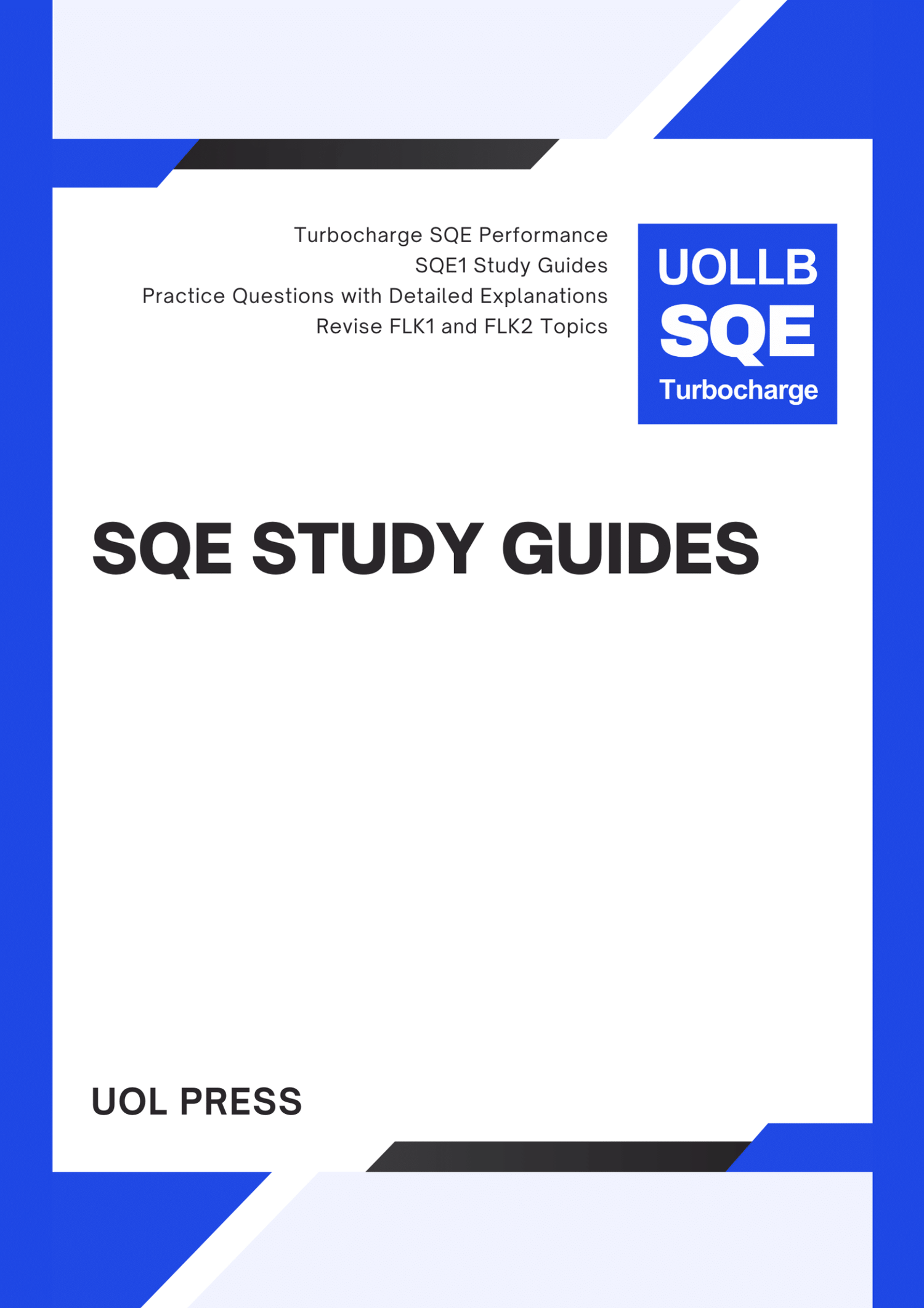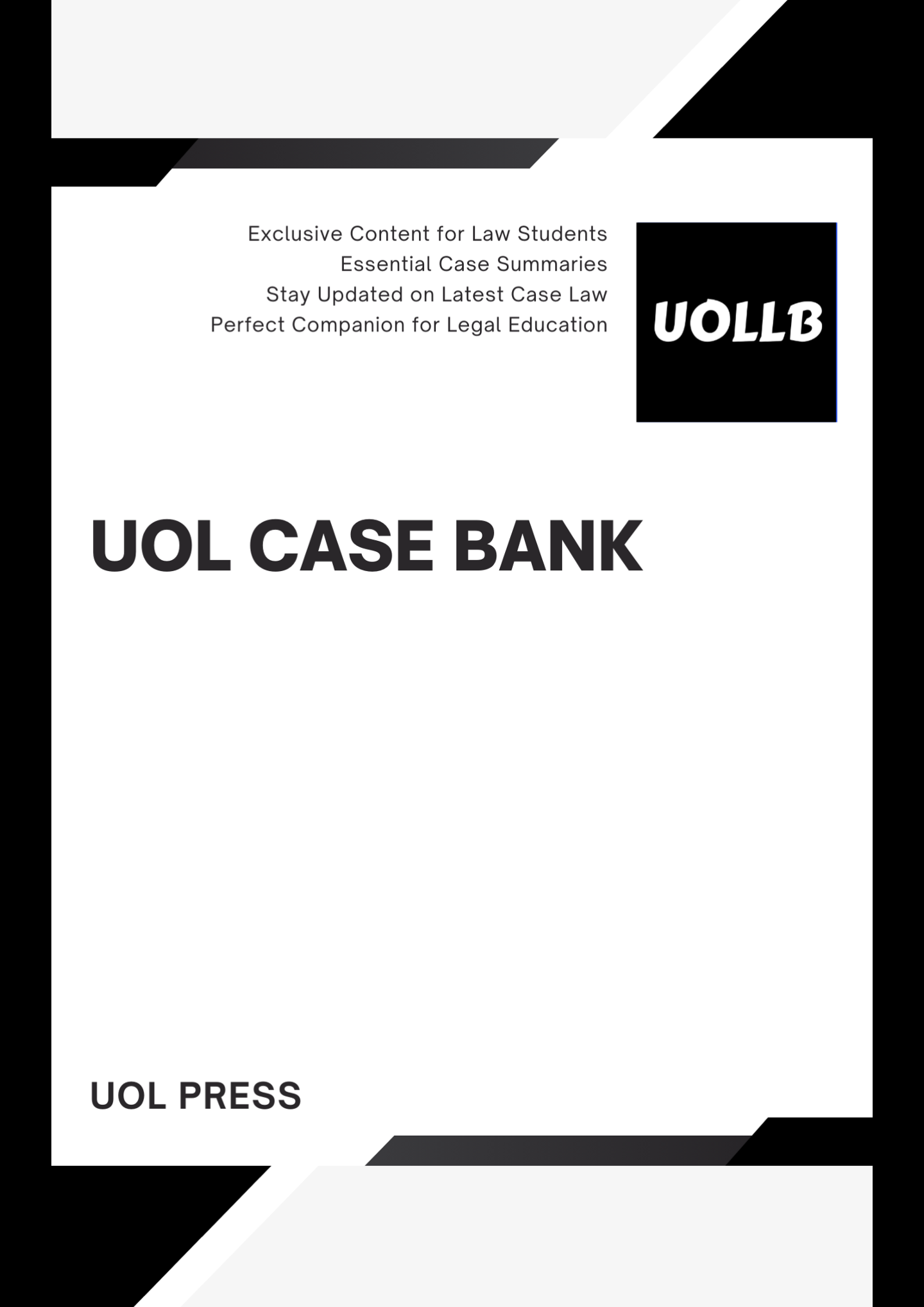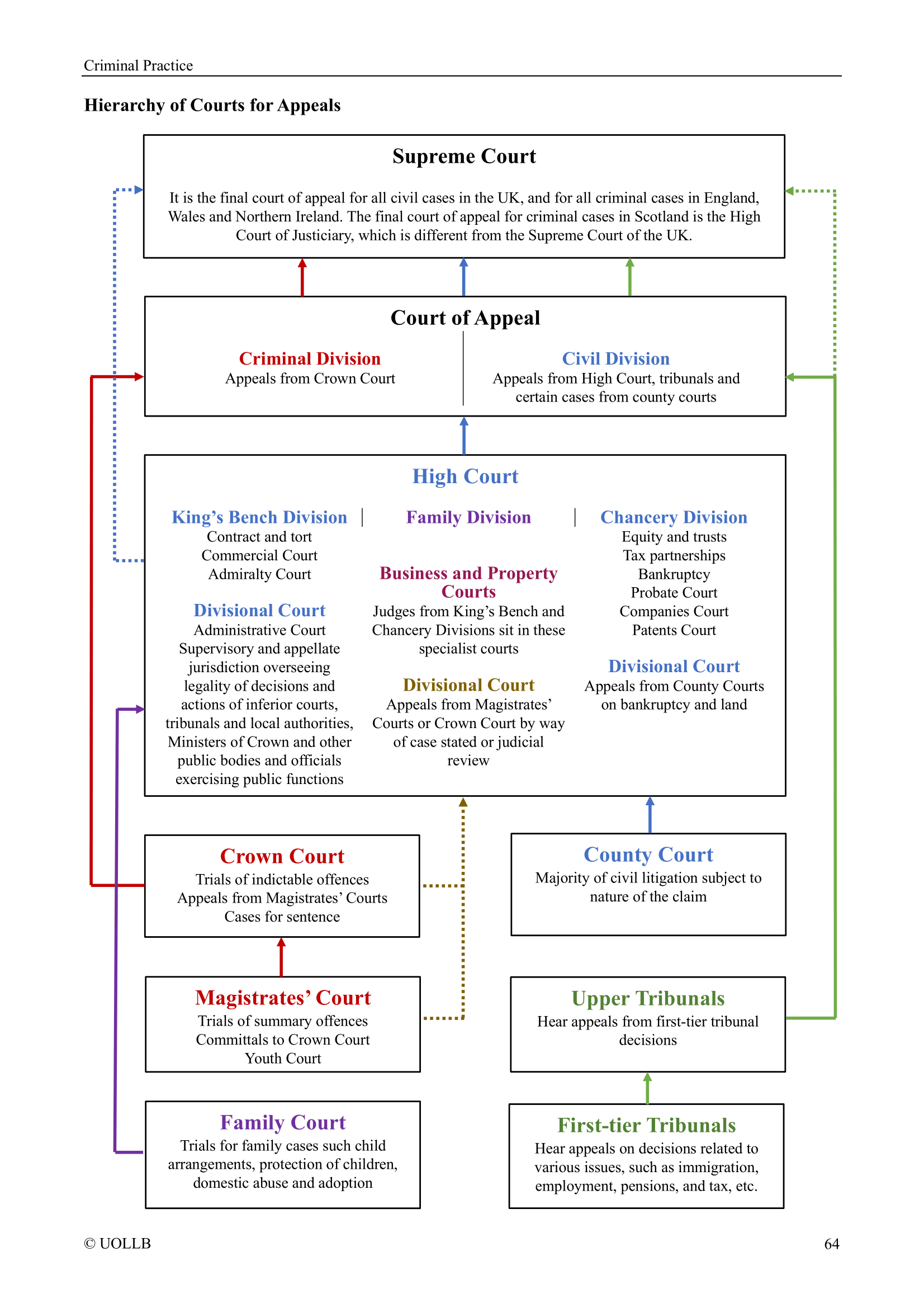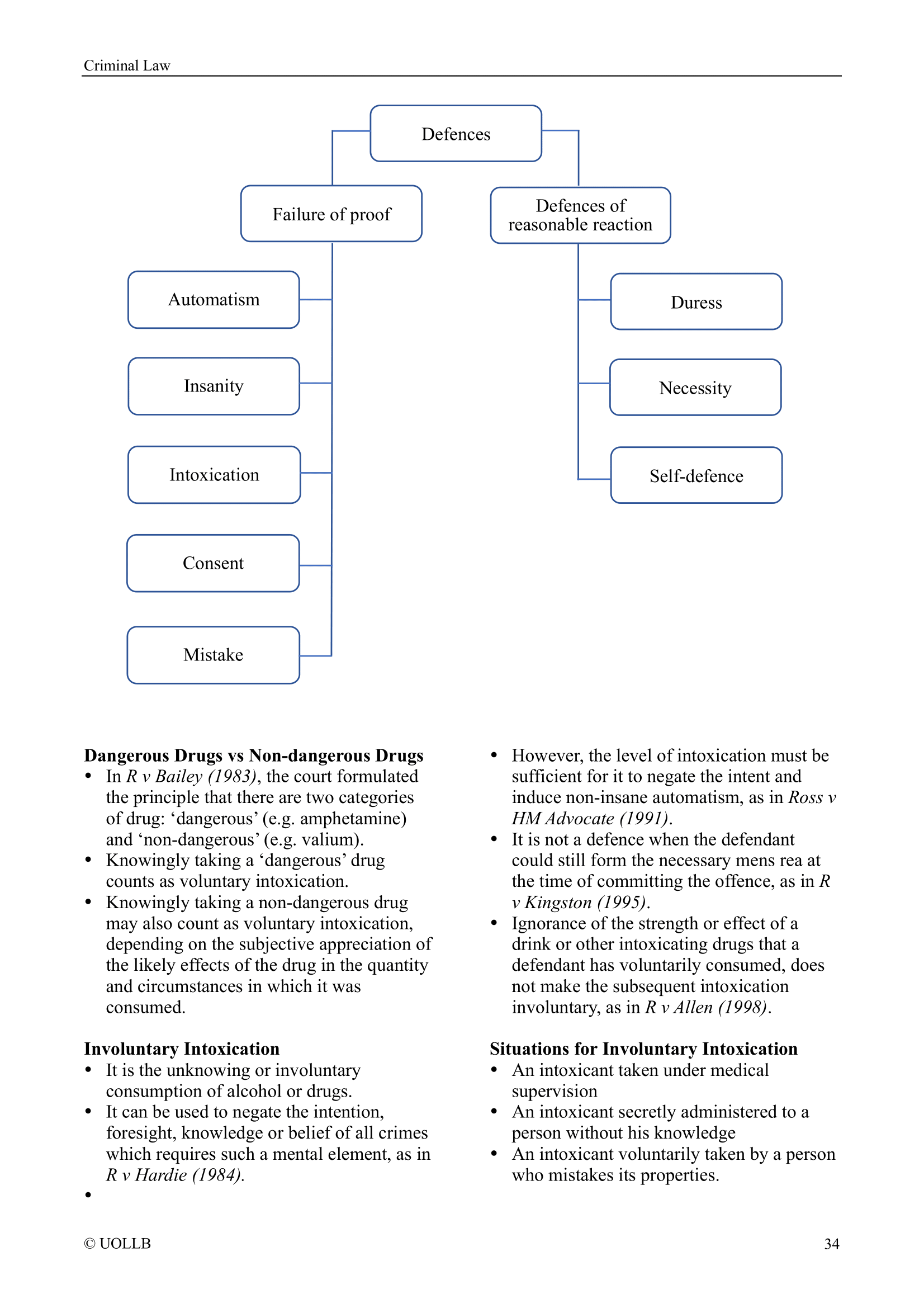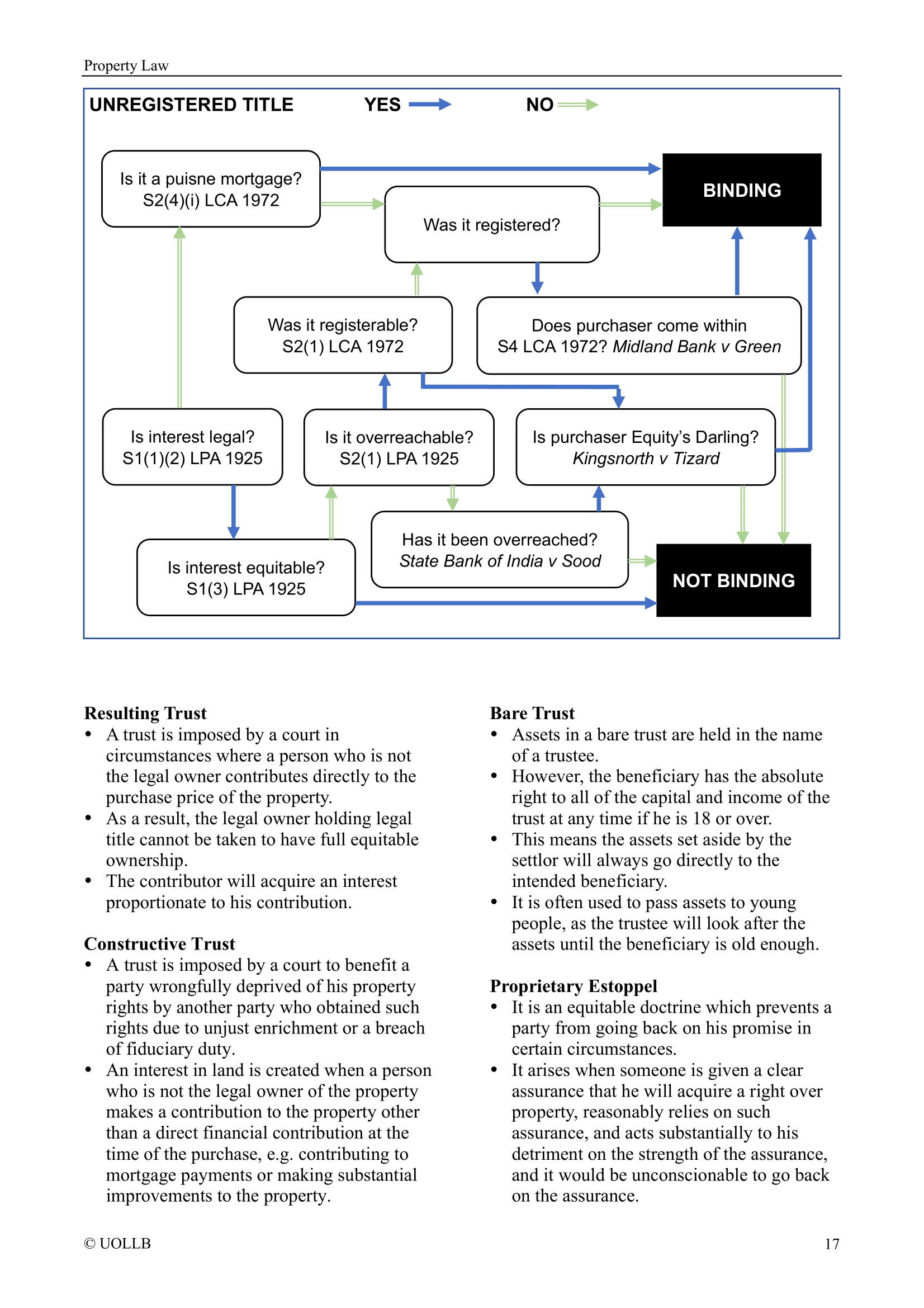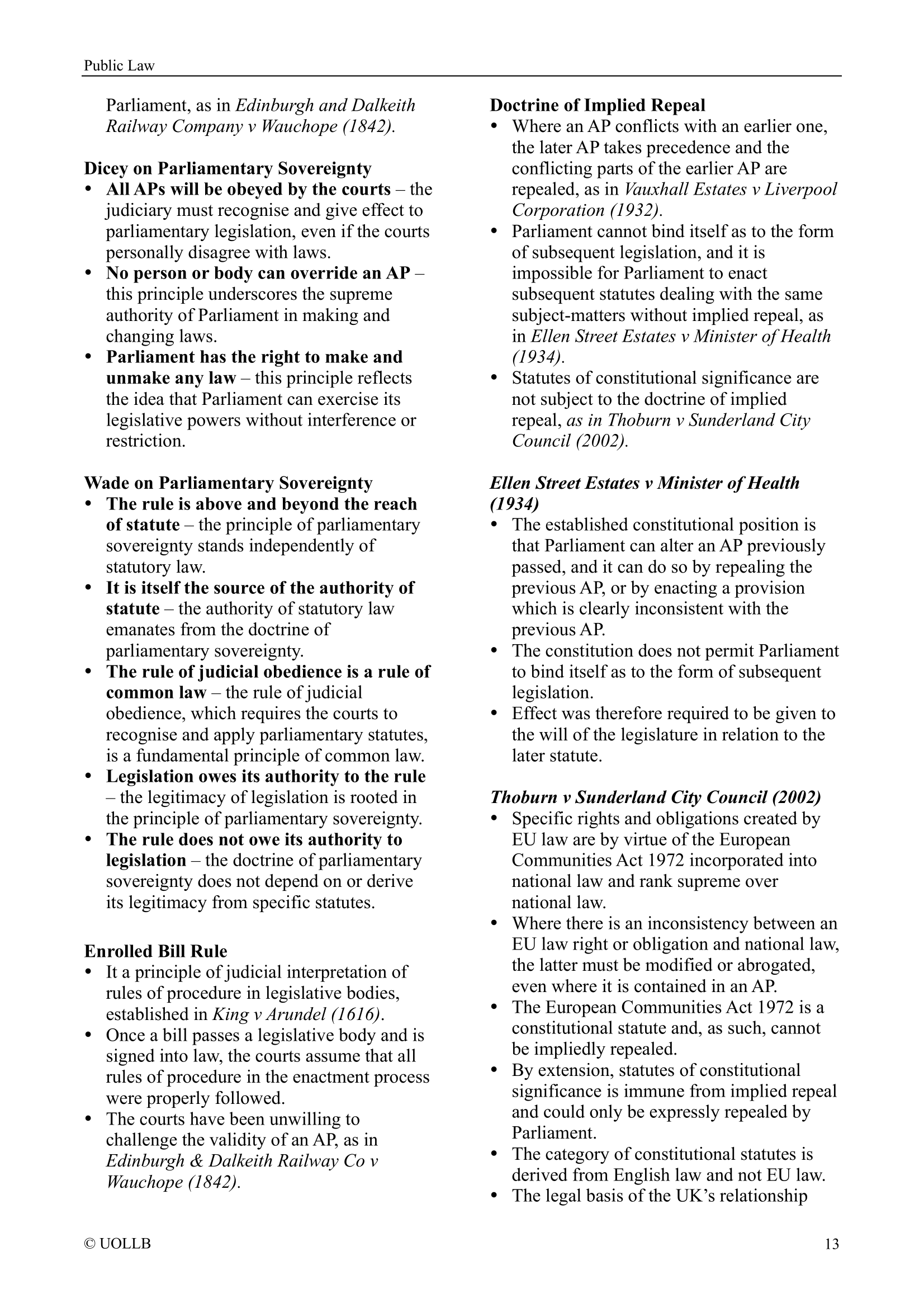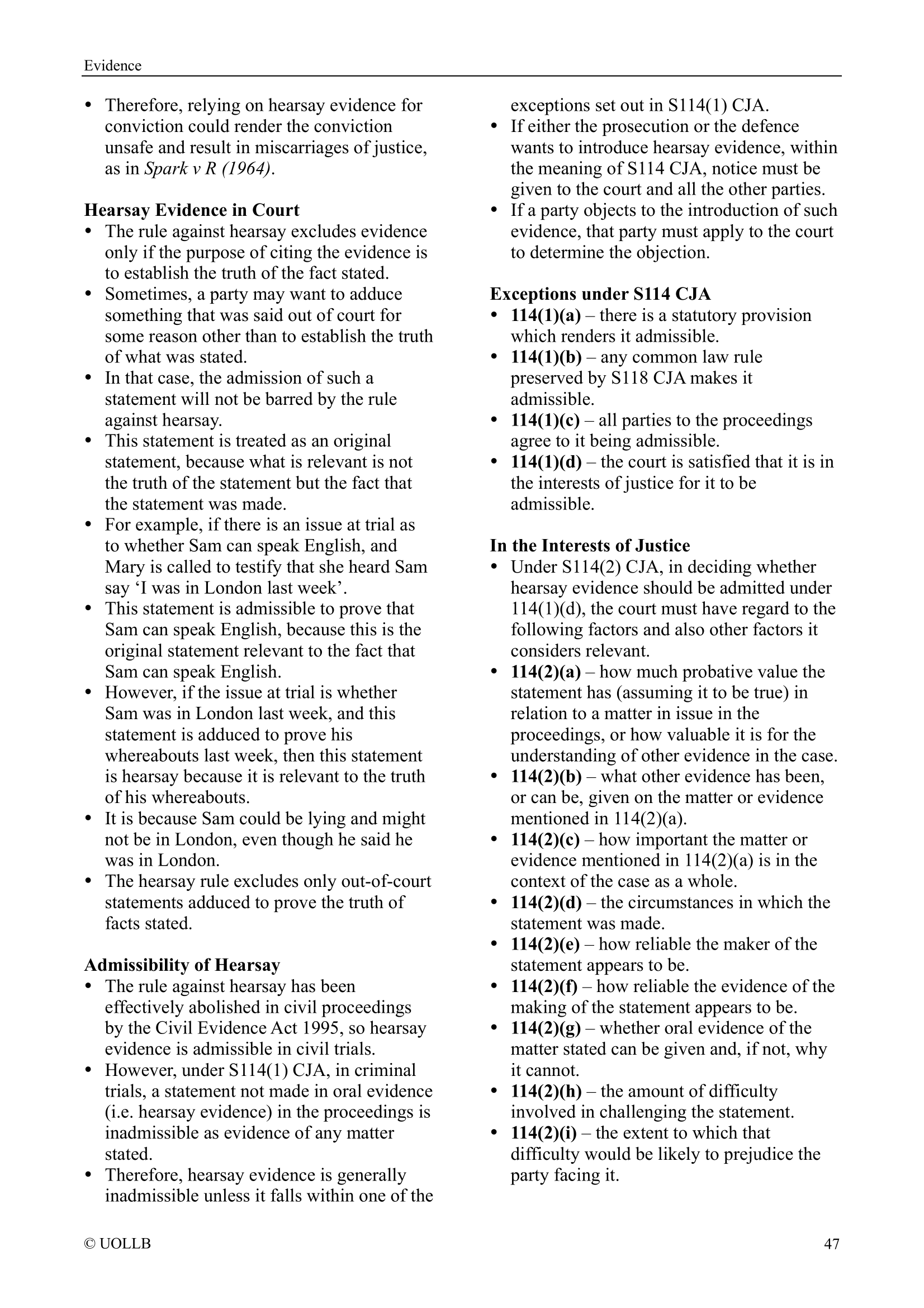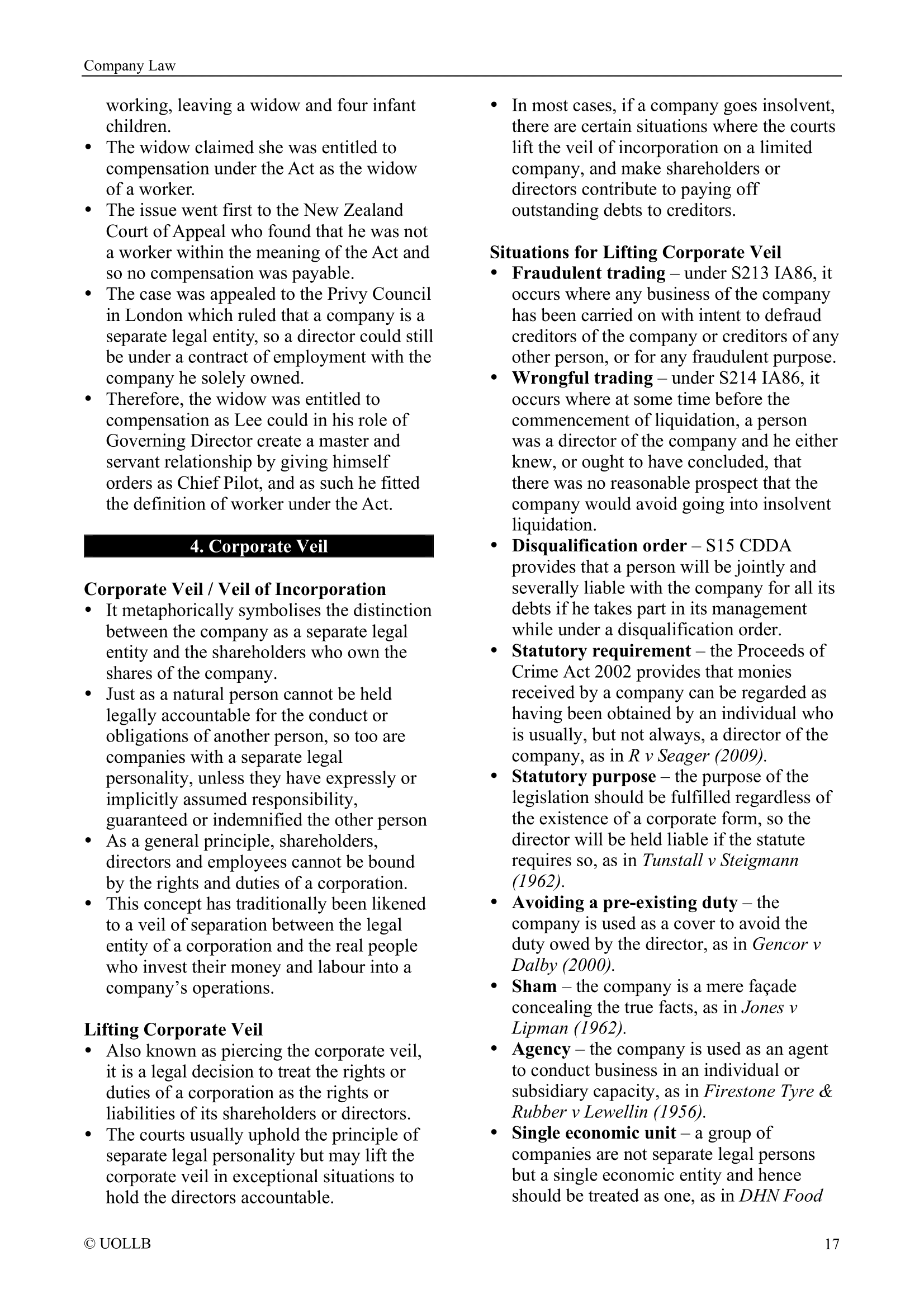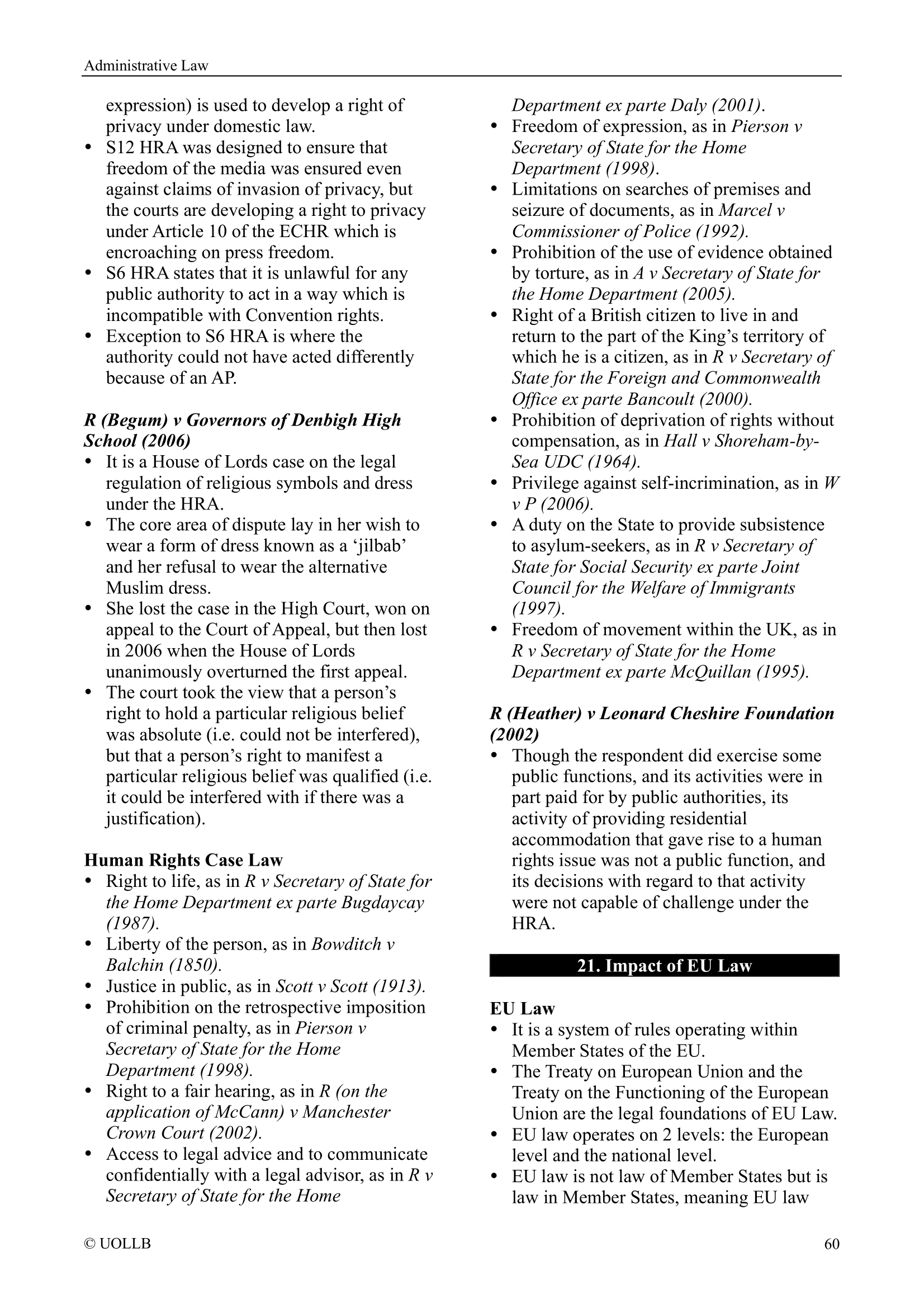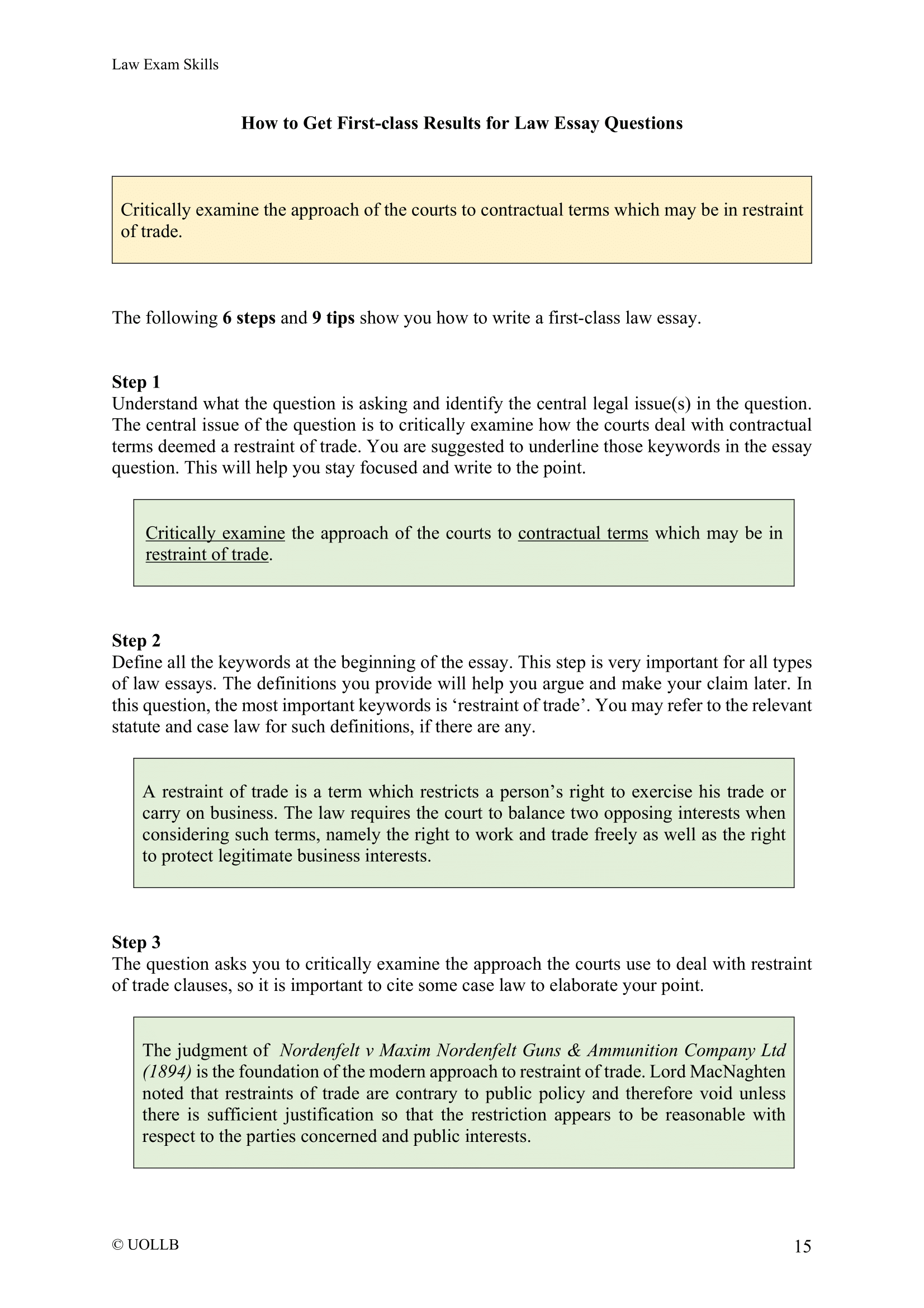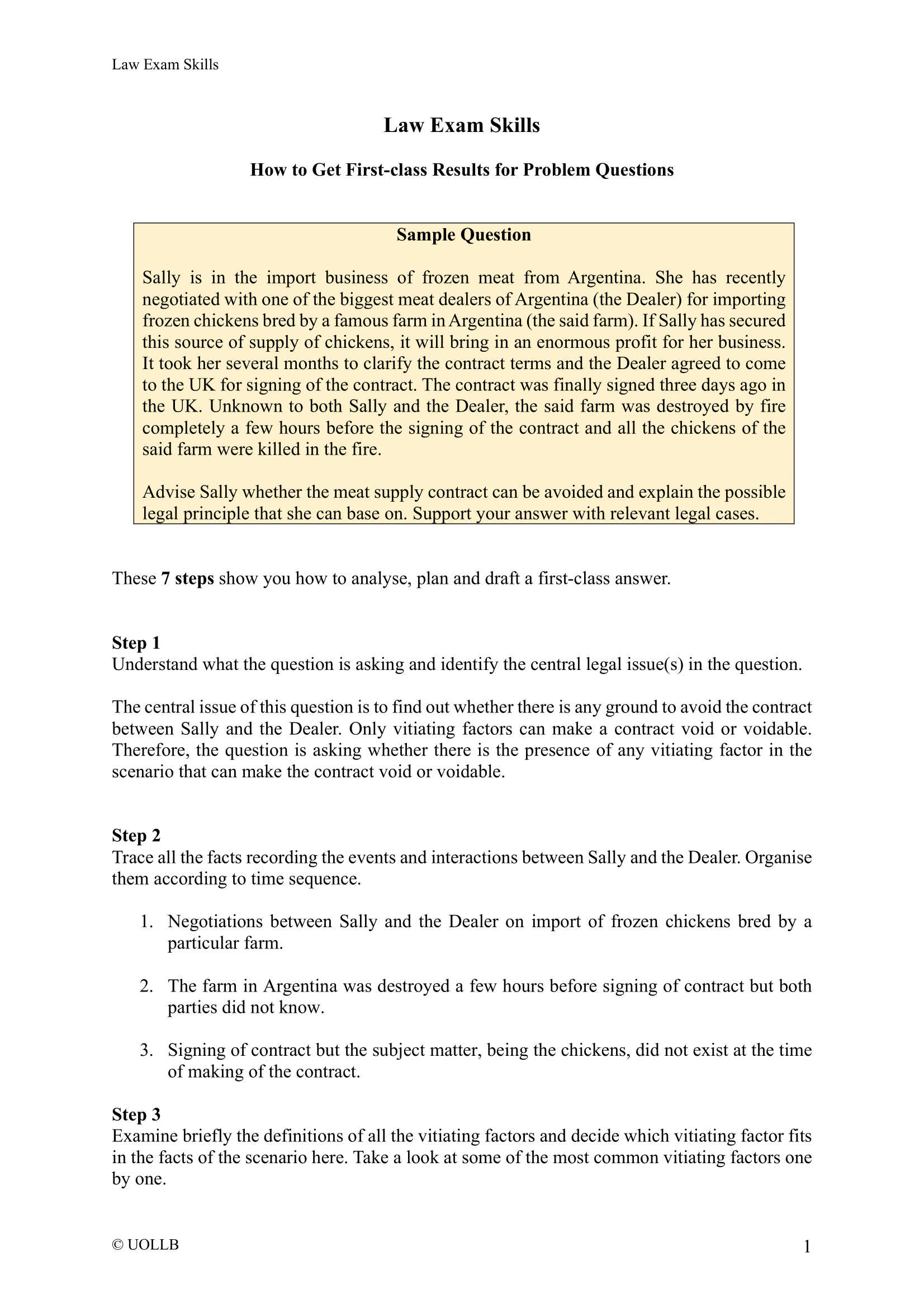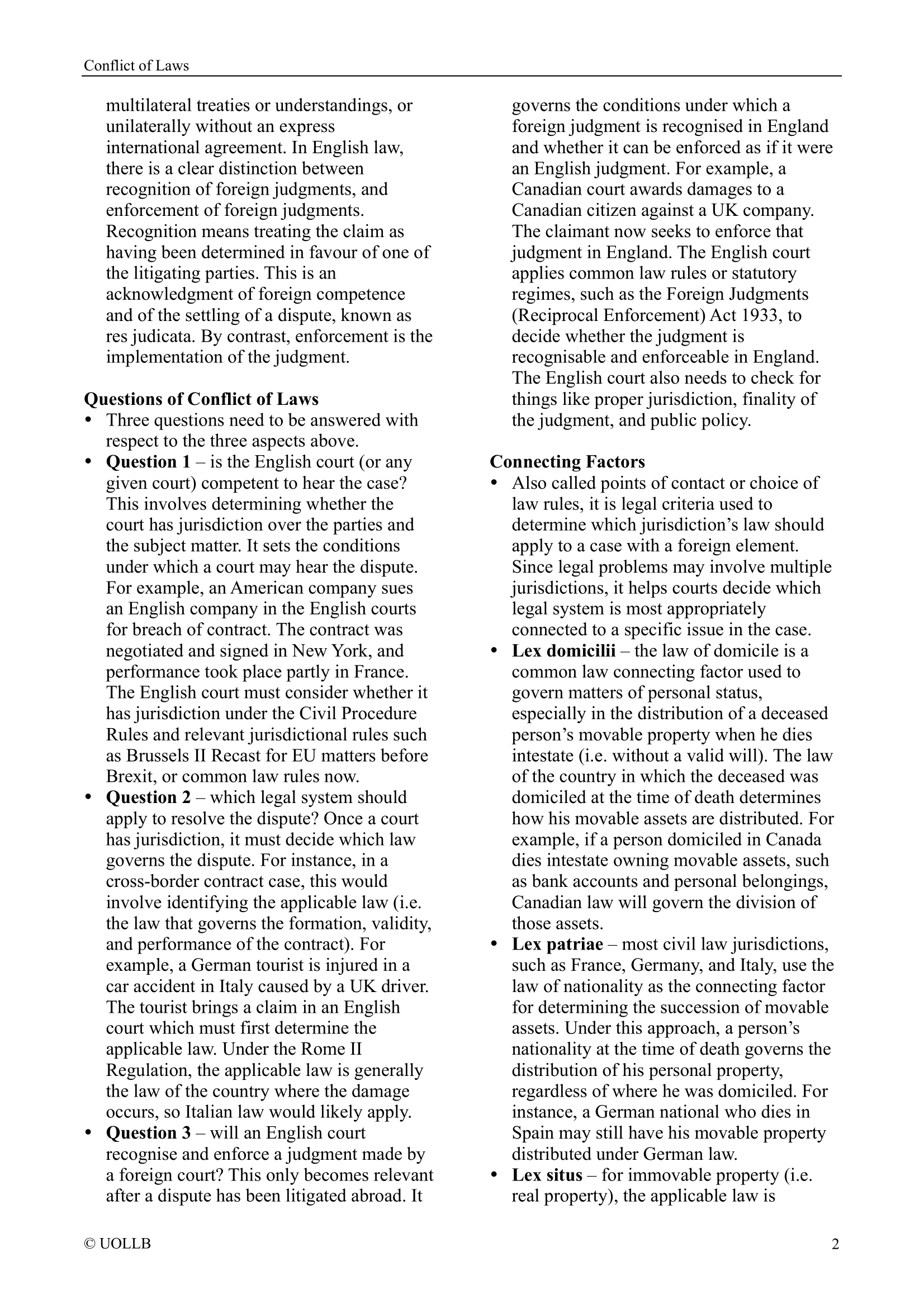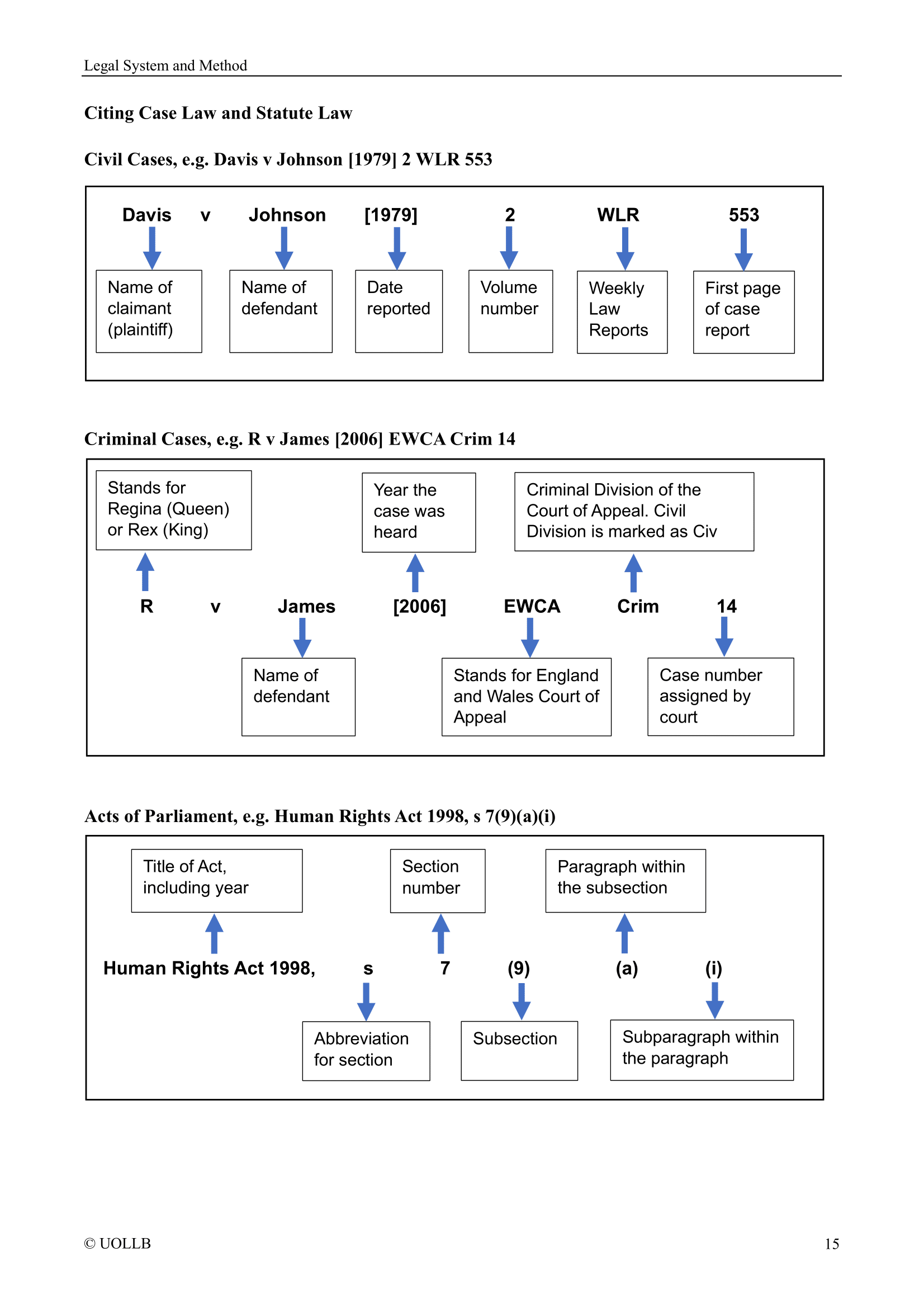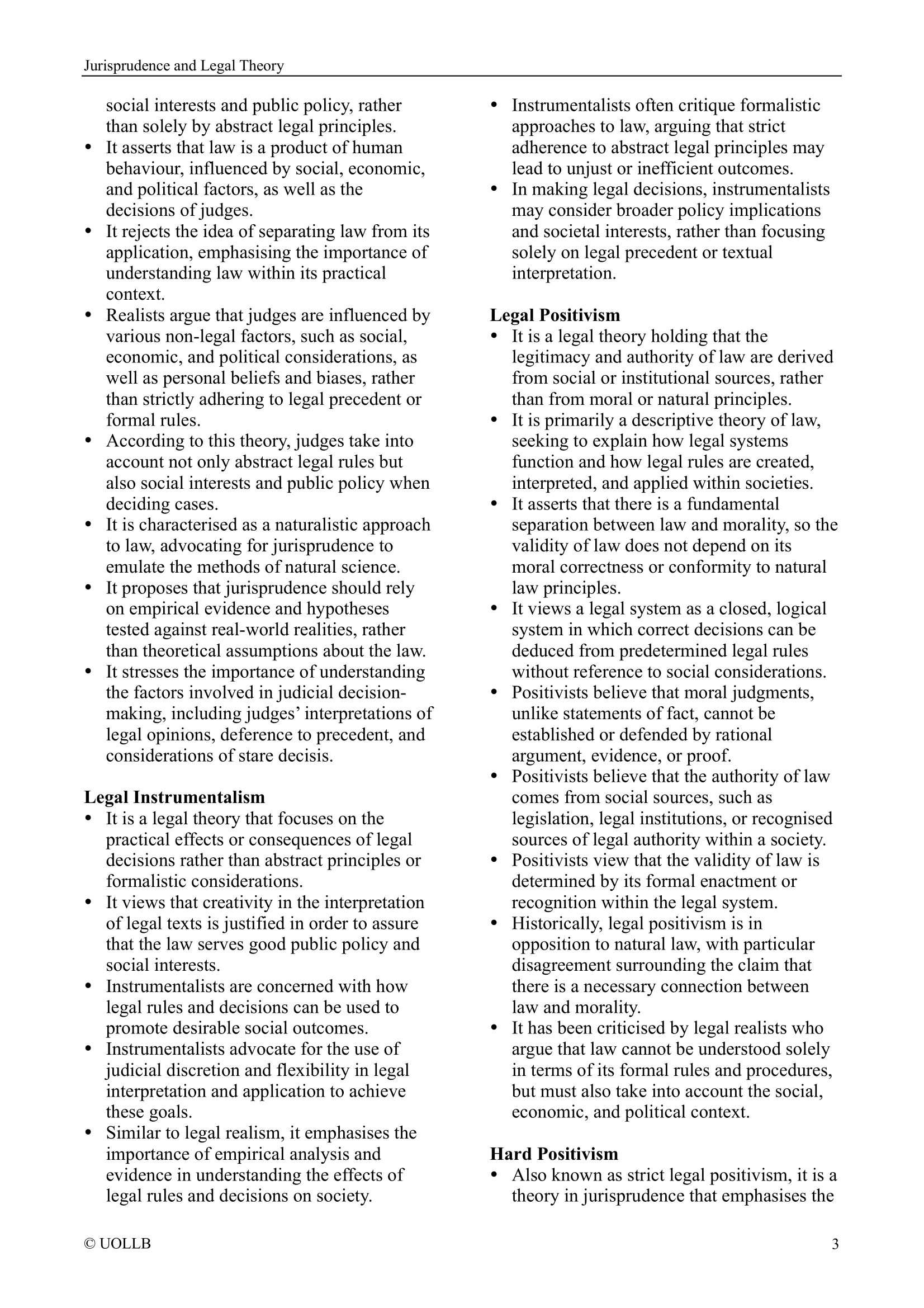Legislative Challenges in Resolving Small Boat Crisis
Share
The UK small boat crisis, involving irregular migration across the English Channel, poses a multifaceted challenge that is legal, political, and humanitarian. At the heart of it lies a series of legislative and treaty-based obstacles that prevent the UK government from effectively deterring, processing, or removing asylum seekers who arrive illegally. To address the crisis meaningfully, the UK must grapple with a number of interconnected legislative challenges both at the domestic and international levels.
One of the most significant legislative challenges arises from the Human Rights Act 1998, which incorporates the European Convention on Human Rights (ECHR) into domestic law. The ECHR, enforced by the European Court of Human Rights (ECtHR) in Strasbourg as well as national courts, protects rights such as the prohibition of torture and inhuman treatment (Article 3) and the right to private and family life (Article 8). These provisions frequently constrain the UK’s ability to deport or relocate asylum seekers. For example, in June 2022, the ECtHR issued an emergency injunction (under Rule 39) preventing the first planned deportation flight to Rwanda, citing potential violations of Article 3. UK courts have also held that deportations must not take place where individuals risk persecution or inhuman treatment in the receiving country, following principles from Soering v United Kingdom (1989). To overcome these challenges, the UK government has proposed reforming or replacing the Human Rights Act with a British Bill of Rights. However, doing so raises constitutional and diplomatic issues since the UK remains bound by the ECHR as a signatory, and withdrawal from the Convention would undermine international commitments and jeopardise cooperation with European states on law enforcement and border security.
Another major legal obstacle stems from the UK’s adherence to the 1951 Refugee Convention and its 1967 Protocol, which define who qualifies as a refugee and prohibit states from returning individuals to territories where their life or freedom would be threatened (non-refoulement). The UK’s Illegal Migration Act 2023 seeks to make asylum claims inadmissible for anyone entering the UK irregularly (such as via small boats) and to remove such persons to a safe third country. However, critics argue that these provisions conflict with Article 31 of the Refugee Convention, which forbids penalising refugees for illegal entry if they come directly from a territory where they face persecution. Furthermore, the concept of safe third country must meet international standards, as seen in legal challenges to the Rwanda policy, where courts questioned whether Rwanda offers adequate protection. Thus, any reform aimed at deterring irregular entry must reconcile domestic legislation with the UK’s continuing international obligations under refugee law. Repealing or reinterpreting these obligations would have far-reaching consequences for the UK’s global standing and compliance with international norms.
Prior to Brexit, the Dublin III Regulation (EU Regulation No. 604/2013) allowed the UK to return asylum seekers to the first EU country they entered. Since leaving the EU, the UK has no legal mechanism to return migrants to France or other EU member states, even when there is clear evidence that they passed through those countries. The UK government has sought bilateral returns agreements with France and the EU, but negotiations have been politically fraught. France insists that any such arrangement must be part of a wider EU-UK migration framework, while the UK demands independent control over asylum policy. The absence of such legislation leaves the UK legally and practically isolated, forcing it to process all asylum claims domestically and creating a strong incentive for migrants to reach British territory. To address this gap, new legislative and treaty frameworks are needed to re-establish cooperative mechanisms for returns and burden-sharing with European partners. Without them, the UK cannot effectively deter small boat crossings, as migrants know that once they arrive, removal is unlikely.
The UK’s asylum system is governed by a patchwork of statutes, including the Immigration and Asylum Act 1999, the Nationality, Immigration and Asylum Act 2002, the Immigration Act 2016, and the Illegal Migration Act 2023. This legislative framework is complex and inconsistent, often leading to lengthy legal challenges and administrative backlogs. For instance, the 2023 Act attempts to disqualify irregular entrants from claiming asylum, but enforcement depends on identifying safe third countries willing to accept them. Additionally, the Act faces significant judicial scrutiny regarding compatibility with human rights and refugee law. As a result, despite strong rhetoric, the legislation has not achieved operational effectiveness. To make the system workable, Parliament would need to enact clear, coherent, and enforceable laws that streamline asylum procedures, accelerate removals of inadmissible cases, and ensure compliance with international standards. This requires balancing deterrence with legality and fairness, which is a difficult legislative task.
The UK’s approach depends heavily on the concept of relocating asylum seekers to safe third countries such as Rwanda. However, UK law currently provides no definitive statutory list or criteria for determining what constitutes a safe third country. Each arrangement must be underpinned by specific bilateral treaties, ratified and scrutinised under the Constitutional Reform and Governance Act 2010. The Rwanda Safety (Asylum and Immigration) Bill, introduced after the Supreme Court’s ruling in R (AAA) v Secretary of State for the Home Department (2023), seeks to declare Rwanda “safe” as a matter of law, notwithstanding judicial findings to the contrary. This raises constitutional concerns about the separation of powers and parliamentary sovereignty, as it effectively instructs courts to accept a legislative finding of fact. Future legislation must therefore address how far Parliament can go in redefining factual or legal standards without breaching the rule of law.
Finally, the small boat crisis exposes the absence of a comprehensive statutory framework for border management and maritime enforcement. Although the Nationality and Borders Act 2022 expanded powers for the interception of vessels and processing of migrants, it did not establish clear statutory duties for multi-agency coordination among the Home Office, Border Force, and local authorities. Future legislation could create a unified Border Security and Migration Act, integrating maritime enforcement powers, asylum procedures, and international cooperation protocols. Such a law could clarify responsibilities, ensure accountability, and align operational practice with human rights obligations.
In sum, solving the UK’s small boat crisis requires confronting a tangle of legislative challenges that span domestic, European, and international law. The most significant barriers are the UK’s obligations under the ECHR and Refugee Convention, the loss of EU returns mechanisms, and the ineffectiveness of fragmented domestic immigration laws. Although the government can reform domestic legislation to streamline asylum processing and enhance deterrence, it cannot easily escape international legal constraints without profound constitutional and diplomatic repercussions. Without rebuilding legal and diplomatic bridges with European partners and aligning domestic law with international standards, the small boat crisis will remain a persistent and politically divisive challenge.

